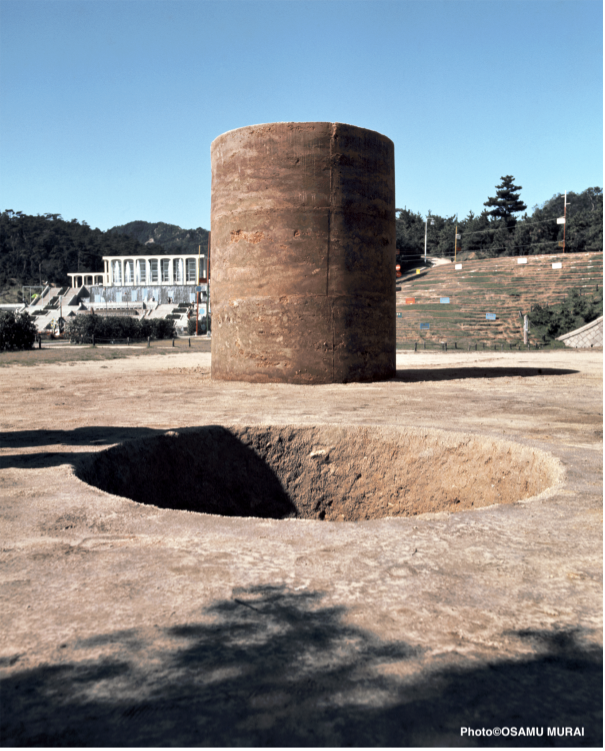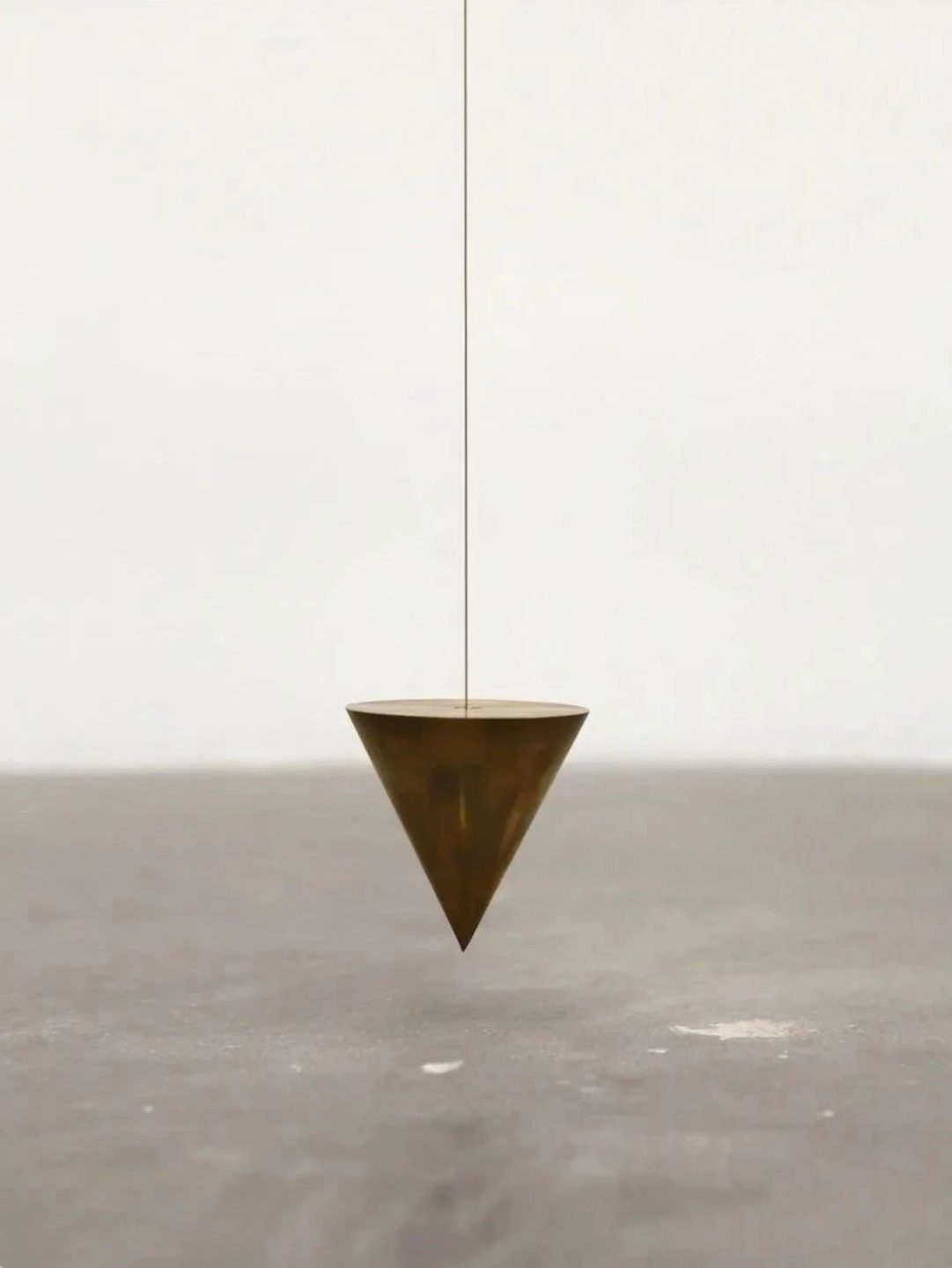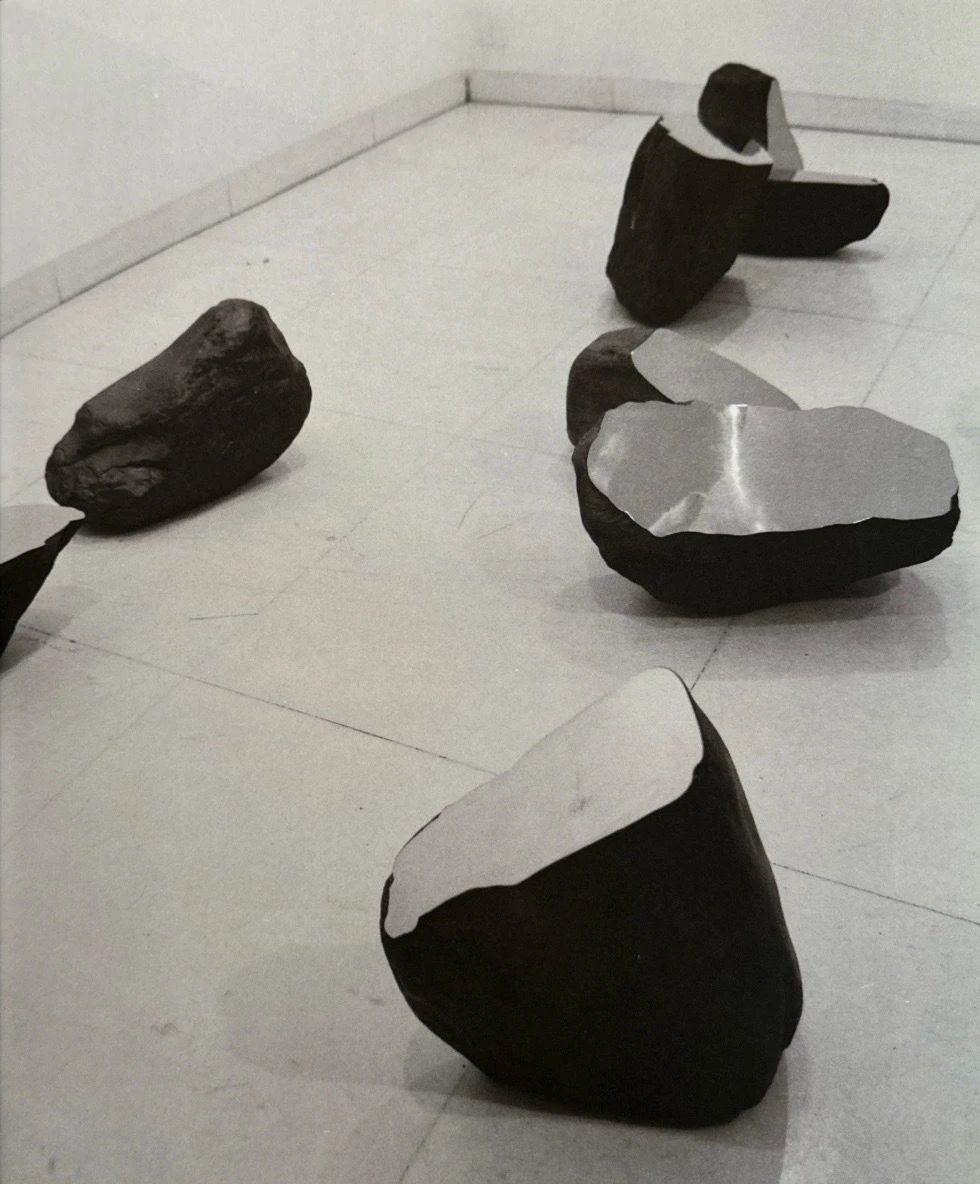The Origins of Mono-ha: Centering on “Phase – Mother Earth”
Zhu Qi
In the late 1960s, Nobuo Sekine’s Phase—Mother Earth marked the beginning of Mono-ha and a shift in Japanese contemporary art. Susumu Koshimizu and Katsuro Yoshida were also involved in the creation of this work, and the following year, another Mono-ha artist, Lee Ufan, wrote an art critique for it.
The emergence of Mono-ha coincided with the transformation of postwar art, led by the West, during the 1960s and 70s. After following Western modernism for nearly half a century, the Japanese modern artists of Sekine, Yoshida, and Lee’s generation aimed to forge their own artistic path. The creation of Phase—Mother Earth at the “First Contemporary Sculpture Exhibition” in Suma Rikyu Park, Kobe, in October 1968 marked this new direction for Japanese art and served as a pivotal moment in art history, leading to a series of historic masterpieces from Mono-ha.
In the 1970s, Mono-ha reconsidered the foundational concepts and creative approaches of Western art that had influenced Asia in the 20th century. They aimed to move beyond Western conceptual, aesthetic, and spiritual themes, liberating the form and shape of materials from the constraints of conceptual and aesthetic language. This approach allowed the physical properties of materials, and the spatial relationships of gravity, position, and location, to manifest visually, creating an integrated “thing” system of material forms.
This line of thought should not merely be seen as avant-garde modernist autonomy or a medium-based ontology. Mono-ha viewed material as a naturally existing entity, echoing Daoist ideas from Zhuangzi, which is why they rarely manipulated materials to suit specific conceptual frameworks. Instead, they arranged materials in ways that echoed natural or worldly structures beyond the confines of art. This approach let the inherent nature, gravity, and position of the materials, along with shifts, folds, and interactions in the spatial-physical system, shape the form of the art itself.
From Phase—Mother Earth onward, Sekine’s perspective extended beyond art, treating physical form as a product of natural systems and spatial topologies. For example, he explored how paper folding creates different shapes as a plane, how gravity and material properties interact with weight and location, and how earth dug from the ground becomes a relocation of matter, creating juxtaposed structures of void and solid.
Katsuro Yoshida’s work oscillated between the real and ambiguous boundary between art objects and non-art objects. Pieces like Splitting Stone, Iron Plate, From Surface to Surface, and Perpendicular Line sit on the “margins” of art, where he approached creation through a process-oriented method akin to Zen mindfulness, fostering a resonance and mutual transformation between mind and material. This method embraces randomness, without predetermining the outcome of the work, and seeks a defamiliarized, anti-routine aesthetic.
In the early 1990s, some avant-garde Chinese artists and critics began to pay attention to Mono-ha. With this exhibition, we hope to initiate a rigorous and in-depth exploration of Mono-ha in China, treating it as a valuable and shared experience in the transformative modernism of postwar East Asia.
October 27, 2024
Preface
Miwa Kutsuna
This exhibition, The Origins of Mono-ha: Centering on “Phase – Mother Earth”, is an endeavor to convey the profound impact and cultural significance of Mono-ha on East Asia to the Chinese audience. It focuses on Phase—Mother Earth (1968) by Nobuo Sekine, a seminal work marking the inception of Mono-ha, and reflects on the early works of Nobuo Sekine and his collaborator, Susumu Koshimizu.
In 1968, Nobuo Sekine, then 26 years old, completed this piece, which stood at a height of 2.7 meters and a diameter of 2.2 meters. The project was carried out by Sekine and his university juniors, Susumu Koshimizu and Katsuro Yoshida, who together manually dug a massive hole in the earth. This act of excavation symbolized not only the creation of a void but also the formation of an equal mass of earth, evoking a notion of reversing or re-phasing the ground itself—a daring spatial expression of the land’s “phase.”
At the time, Susumu Koshimizu described the experience of creating this work as a complete overturning of his previous ideas about sculpture. For both Sekine and Koshimizu, as well as for Yoshida, this unexpected experience marked a transformative event that shaped their subsequent artistic expression.
However, only a limited audience had the opportunity to witness this work firsthand. Phase—Mother Earth was one of many pieces exhibited at the First Contemporary Sculpture Exhibition held in Suma Rikyu Park, Kobe, and was dismantled and returned to the earth once the exhibition concluded.
The lineage of Mono-ha was subsequently passed on to contemporaneous artists such as Lee Ufan, Kishio Suga, Katsuhiko Narita, Koji Enokura, Nobuo Takamatsu, and Noriaki Haraguchi, but the original work remains forever lost to time. To provide a semblance of that experience, this exhibition enlarges precious archival photographs from that time to near life-size, allowing viewers to engage with a simulated representation of the piece.
Many of the works in this exhibition have been recreated specifically for this occasion, promising a dynamic experience unique to this space. Additionally, we have compiled Sekine’s extensive production notes, along with exhibition catalogs and books from that period, offering insights into what Phase—Mother Earth embodied and its influence on Sekine’s and Koshimizu’s subsequent work, providing a renewed appreciation of its significance.
In an era when concept-driven works are prevalent in contemporary art, this exhibition invites visitors to explore how Mono-ha’s “questioning of material” offers new perspectives, encouraging viewers to reflect on the origins of their own land, culture, and existence.

Nobuo Sekine “Phase – Mother Earth” 1968 Photo©OSAMU MURAI

Susumu Koshimizu “Perpendicular Line” Brass, Piano wire Brass:8 x 8 cm Piano wire:563.9 cm Variable Dimention 1969

Nobuo Sekine “Phase of Nothingness – Cut Stone” Stone, stainless Board Dimensions variable 1971-2011


